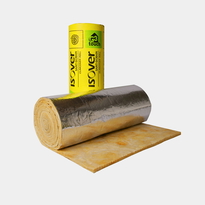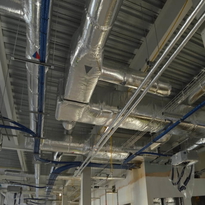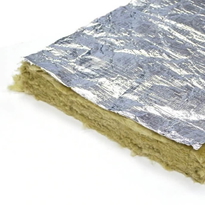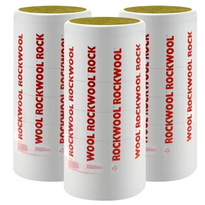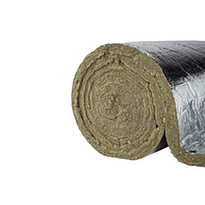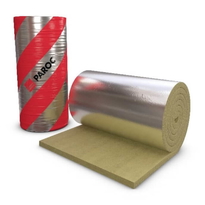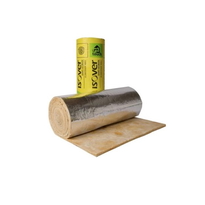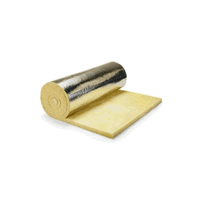Cold Water Tank Insulation
Insulating cold water tanks enhances energy efficiency by minimizing heat transfer, reducing operational costs, and preventing water freezing, particularly in colder climates. A variety of materials such as mineral wool, fiberglass, polyurethane foam, or vacuum panels, can be utilized, each offering different levels of insulation, durability, and moisture resistance.
Proper installation is crucial to maximize benefits. This includes securely insulating the tank, sealing any gaps, and conducting regular inspections to identify and repair damage. Ongoing research into insulation techniques and materials aims to optimize system performance and prolong the lifespan of the tank.
By adopting effective insulation strategies, facilities can achieve significant energy savings while maintaining reliable water temperature control throughout the year.
Benefits of Insulating Cold Water Tanks
Insulating cold water tanks provides several important benefits that enhance both operational efficiency and system durability. Proper insulation reduces the amount of energy required to maintain consistent water temperatures, leading to lower energy bills for households and industrial facilities. It also shortens the frequency of heating or cooling interventions, easing the load on HVAC systems and supporting environmentally friendly practices by minimising energy usage. Additionally, insulation effectively limits heat loss, especially in colder climates, helping to prevent water from freezing and safeguarding the tank’s structural integrity against temperature-related damage. Insulation also helps prevent, further improving energy retention. Maintaining a stable temperature also reduces the risk of bacterial growth, thereby protecting water quality. These measures contribute to extending the lifespan of tanks and associated equipment, decreasing repair and maintenance costs, and ensuring compliance with safety and environmental standards.
Choosing the Right Insulation Material
Choosing the Right Insulation Material for Cold Water Tanks
Selecting the appropriate insulation material for cold water tanks requires a thorough evaluation of several key factors, including thermal resistance (K-value), water resistance, environmental impact, cost, and specific application conditions. Mineral wool offers durability and excellent fire resistance, with water-repellent properties that help maintain insulation effectiveness even when moist. Additionally, selecting materials with ensures long-term performance in varying weather conditions. Fiberglass provides high thermal resistance at a lower cost, making it suitable for various general applications.
Polyurethane foam delivers superior insulation performance and is resistant to moisture, making it ideal for humid environments. Polyisocyanurate foam withstands higher temperatures and offers excellent thermal performance; however, it requires a protective coating to ensure durability over time.
Vacuum-insulated panels provide exceptional insulation qualities but tend to be more costly, making them suitable only where maximum efficiency is necessary. When choosing an insulation material, it's essential to balance these characteristics against the specific needs of your project.
Proper selection ensures the long-term durability, safety, and efficiency of cold water tanks, ultimately contributing to energy conservation and operational reliability.
Installation and Maintenance Tips
Proper installation and ongoing maintenance of cold water tank insulation are vital to ensuring its effectiveness and longevity. When installing, it's important to prepare the area by clearing the space around the tank, wearing protective gear such as gloves, goggles, and dust masks, and gathering the necessary tools like utility knives, markers, and insulation tape. Before beginning, shut off the water supply and place a medium-density fiberboard (MDF) sheet over existing attic insulation to facilitate safe and easy access. Carefully fit the insulation jacket, making sure the lid panel aligns precisely with the edges of the tank. Cut precise holes for pipes and fittings, ensuring a snug fit without damaging the insulation material. Secure each section of the insulation with ties, taking care not to make them excessively tight, which could damage the insulation or the tank. Regularly inspect the insulation for signs of damage or wear, and replace any worn or damaged parts promptly. Keep the surrounding area clean and free of dust and debris, and ensure all gaps and joints are sealed properly to maintain thermally efficient performance and prevent unnecessary heat loss or condensation. To verify the insulation remains properly in place and intact, especially after any structural changes to the loft or water tank. Additionally, maintaining proper ventilation in the loft space can help prevent condensation buildup that might affect your insulation’s integrity. Not only prolongs the insulation’s lifespan but also helps maintain optimal thermal efficiency, contributing to energy savings and the durability of your water tank system.
Environmental and Economic Advantages
Effective insulation of cold water tanks can save approximately 40% of the energy used for heating and cooling water. This reduction directly decreases greenhouse gas emissions by lowering reliance on fossil fuels. Insulated tanks minimize heat loss, thereby reducing the need for energy-intensive reheating or cooling processes. This leads to significant cost savings on energy bills. Furthermore, advanced insulation materials can enhance thermal performance and durability, extending the lifespan of the tanks. Moreover, proper insulation extends the lifespan of the tanks by shielding them from temperature-related stress and corrosion, which in turn lessens maintenance costs over time. Insulation also plays a key role in preventing freezing and bacterial growth, helping to maintain water quality and ensuring a reliable supply. From an environmental perspective, reducing energy consumption diminishes carbon dioxide emissions, supporting the UK’s sustainability objectives. Economically, the initial investment in insulation pays off through long-term savings. Additionally, employing effective insulation methods ensures compliance with environmental standards by promoting more efficient resource management.
Conclusion
Proper insulation of cold water tanks enhances energy efficiency by reducing heat loss, leading to lower utility costs and improved system performance. Selecting appropriate materials and ensuring correct installation are essential to maximizing benefits while minimizing maintenance needs. Insulated tanks also support environmental sustainability by conserving resources and lowering carbon emissions. Implementing effective insulation practices provides a reliable and durable solution that promotes operational efficiency and environmental responsibility, making it a practical choice for maintaining cold water supply systems over the long term.
